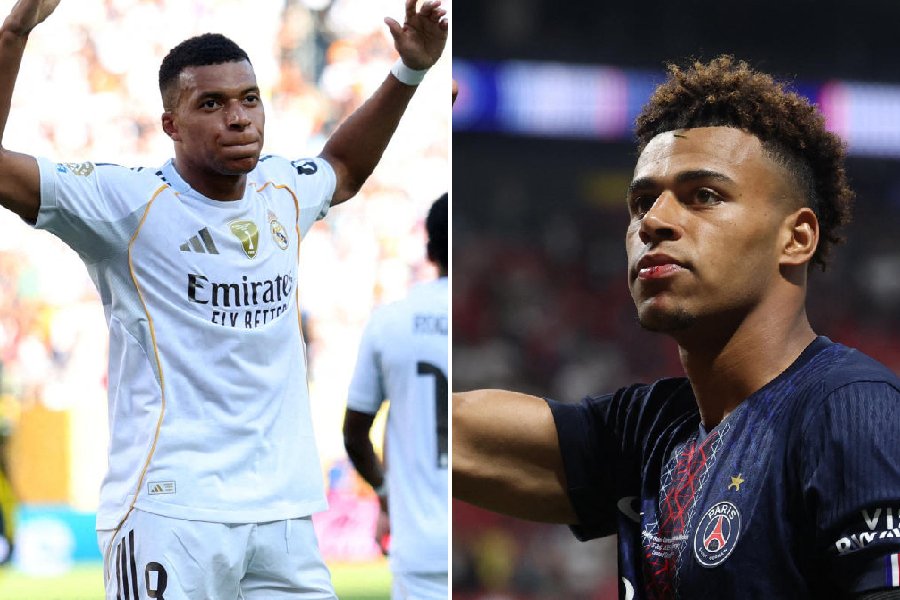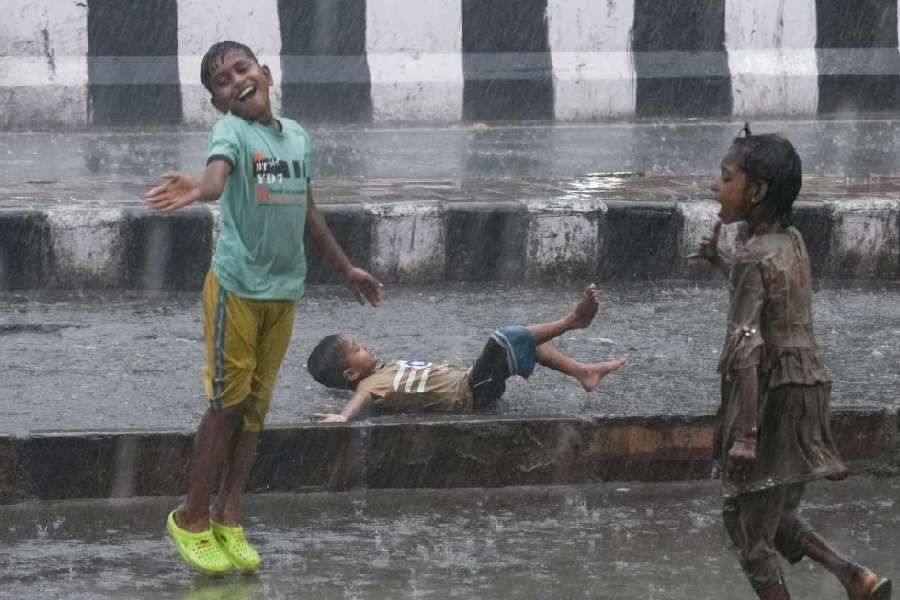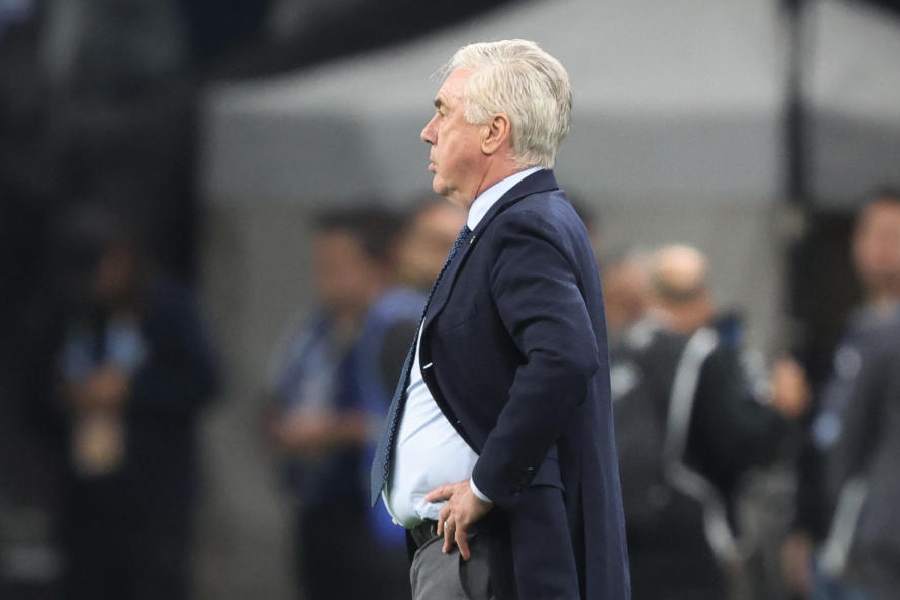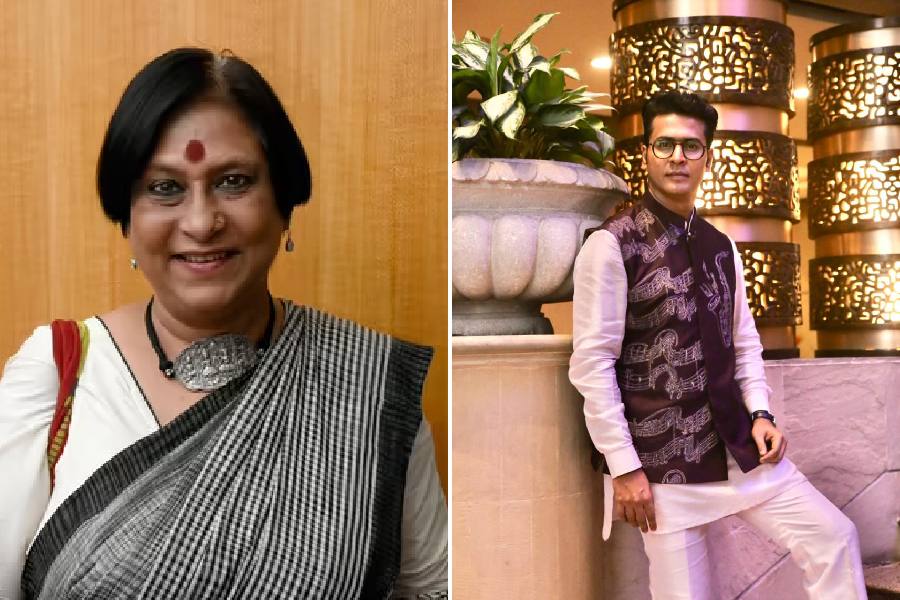 |
| Naresh Kumar |
Paris: The ‘Bois de Boulogne’ is quiet and the dust has settled on the reddish clay of Roland Garros.
The tell-tale marks of sliding, twisting and turning, like lines of destiny on the palm, have given up their secret and been wiped clean for the next year. The slow surface at Roland Garros which provides the most searching and probing test of tennis ability, left the fortnight bettered with past Grand Slam champions such as Lleyton Hewitt, Gustavo Kuerten, Andre Agassi, Carlos Moya, Jennifer Capriati, Venus Williams, Lindsay Davenport and Michael Chang. Most of them having punished their bodies beyond human physical limits.
 |
| Clijsters has scope for further improvement |
 |
| Henin-Hardenne has physically matured |
 |
| Martin Verkerk added the fairytale touch |
 |
| Albert Costa was the ‘Iron Man’ of the Open |
With the arrival of two young fresh champions, Juan Carlos Ferrero and Justine Henin-Hardenne it was like springtime in the ‘Bois’ and a joy to behold.
It was an exciting fortnight, full of upsets and marathon matches which went right down to the wire. Martin Verkerk the unknown 24-year-old, six-foot-five giant Dutchman added a fairytale touch to the tournament as he fought his way to the finals.
The unexpected elimination of the Williams sisters, in particular Serena, took the ladies event and the tournament to a new high. The skill accuracy, speed of foot and shot along with physical fitness have reached unbelievable levels. Ferrero in some of his matches appeared to be in the ‘zone’, hitting an early ball with all his might consistently close to the lines. The depth of his shots pushed his opponents well behind the baseline as he delivered the coup de grace with a sharp short angle or a drop shot or a wrong footing down-the-line shot. I have never seen such powerful aggressive and accurate play on a slow court. Slim and sleek Ferrero, with his boyish looks, has the power that seems far beyond his physique. He will rule the claycourt world for quite some time, unless he picks up injuries.
Henin-Hardenne, the ladies champion, played superbly all through the fortnight. She has physically matured, is much stronger, moves beautifully and has a solid all-court game. Her punishing down-the-line backhand is her best shot. It will be interesting to see if she can stand up to the power of the Williams sisters on fast surfaces.
The ladies final was an anti-climax. Watched by the King and Queen of Belgium, Kim Clijsters was nervous and not at her best. She was not where she was two years ago when she nearly beat Capriati in the finals. Strong and well-built, Clijsters has scope for further improvement.
The Spaniards dominated the men’s event with four players in the last eight. Albert Costa who was the reigning champion was the ‘Iron Man’ of the tournament. He won no less than a record five matches which went the full distance, three of them after being down by two sets to love! Short, stocky and unflappable, Costa is a beautiful mover with all the shots and an almost inexhaustible reserve of energy. But more than eighteen hours of play, most of it uphill and a total of 227 games took its toll and a relatively fresh Ferrero beat him easily in the semi-finals.
Twenty-one-year-old Tommy Robredo, yet another very talented youngster from Spain, beat Hewitt and the three times former champion Kuerten. Then Costa put Robredo out after losing the first two sets. Moya, a former winner of the championships, went down to Verkerk 6-8 in the fifth set in a pulsating match. Guillermo Coria, the 21-year-old from Argentina — the winner of the Masters title on clay in Hamburg lost to Verkerk in the semi-finals. The impish, small and slightly built Argentine is lightning quick and has all the shots. He can chase down any shot on the clay and is fiercely competitive. At 33 years of age, Agassi was outrallied by him.
Another outstanding player was Fernando Gonzalez of Chile. Strong as a bull, with a forehand one would describe as a weapon of mass destruction, he was defeated in a close match by Ferrero in the quarters. The crowd loved the uninhibited way Gonzalez went for his shots. He made a lot of unforced errors but also produced winners of breathtaking quality. We will surely hear much more about him in the future.
The happening of the championships was the elimination of the Williams sisters. Particularly Serena, who is jostling amongst the all-time greats and was looking for her fifth consecutive Grand Slam title. Defeat for Serena almost seemed inconceivable. Her intimidating physical presence and masculine power held the field spellbound. Henin-Hardenne had broken the spell when she defeated Serena in their last meeting at Rome a few weeks back.
An analysis of Serena’s defeat brings up a host of possible reasons. Serena’s forehand technique does not seem to be suitable for slow clay. It does not have enough topspin to have the consistency required to keep the ball in play for the extra shots needed to win a point on slow clay.
In other words, she needs more topspin on her forehand. Besides, the American psyche is bereft of patience, an essential ingredient for victory at Roland Garros.
I believe that these are the same reasons that the great Sampras never won the French Championships. Two disturbing elements emerged from Serena’s match. One was the way in which Serena tried to stare down Henin- Hardenne like a prize-fighter and the latter retaliated.
The look projected cold rage, hate and hostility, most unbecoming of a great champion. Earlier, in her match against French hope Amelie Mauresmo, Serena had done the same thing. The other factor was the crowd’s unbelievable hostility towards Serena. Possibly this was triggered by her press briefings, seemingly arrogant attitude and of course her cold aggressive glaring at Mauresmo and Henin-Hardenne.
It was sad to see Venus Williams go down to Vera Zvonareva, the 18-year old talented Russian. Venus, recovering from a stomach injury was short of match play, nervous and far from her best. But, make no mistake, the Williams sisters will be back with a vengeance. The faster surfaces such as grass and hard courts will restore their shaky confidence and they will be back at the top of the game.
The women’s game has developed more depth and average standards have improved considerably. Nadia Petrova, ranked 76, defeated Capriati and lost in the semi-finals. In previous years, the early rounds were virtual walkovers for the seeds, but now the seeds are not having an easy time, and the early rounds are well-contested.
To sum up one would say that this was a great tournament even though the finals of the men’s and women’s events were one-sided. The Spanish continue to rule the slow clay at Roland Garros. They have upped their game a notch and have developed more aggression.
Their victory has fired up Ferrero who has promised to lift his game even further and make a determined bid for the other Grand Slams.
Verkerk is an unknown factor for the future. His first service at a mere 47 per cent made it impossible for him to keep up with Ferrero and make a match of the final.
A higher percentage would make him a danger for anybody on any surface. His fresh bubbling personality could make him a much-needed star in the tennis firmament.
The US and Australia have yet to come to terms with the slow clay and no great champion seems to be looming on the horizon.
Argentina have a number of very tough, talented hungry youngsters led by Coria who will no doubt make an impact on the future. In fact, the South Americans from Argentina, Brazil and other countries like Chile will become a force to reckon with in the tennis world.
Among the ladies, much to everyone’s surprise, the invincibility of the Williams sisters has been seriously challenged and their stranglehold broken. Henin-Hardenne could become even stronger and improve further. This will surely be a shot in the arm for women’s tennis. The Russian girls are also closing in as was apparent with the performances of Petrova and Zvonareva.
Quite a few others with unpronounceable names are lurking in the wings. They are all hungry, focussed and determined and will contribute and increase interest in the women’s game.
The tennis caravan now moves to the grass at Wimbledon. A different breed of tennis players will occupy centrestage for a brief fortnight. Or will this be the year when Ferrero, leading the young Spaniards, will break through on grass and follow in the footsteps of the great Manuel Santana.











